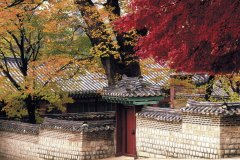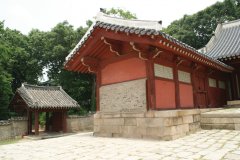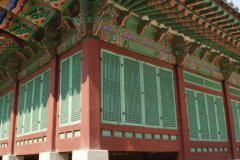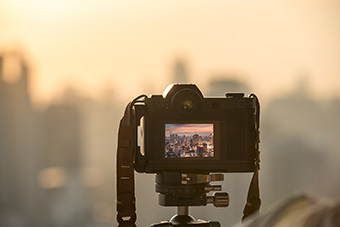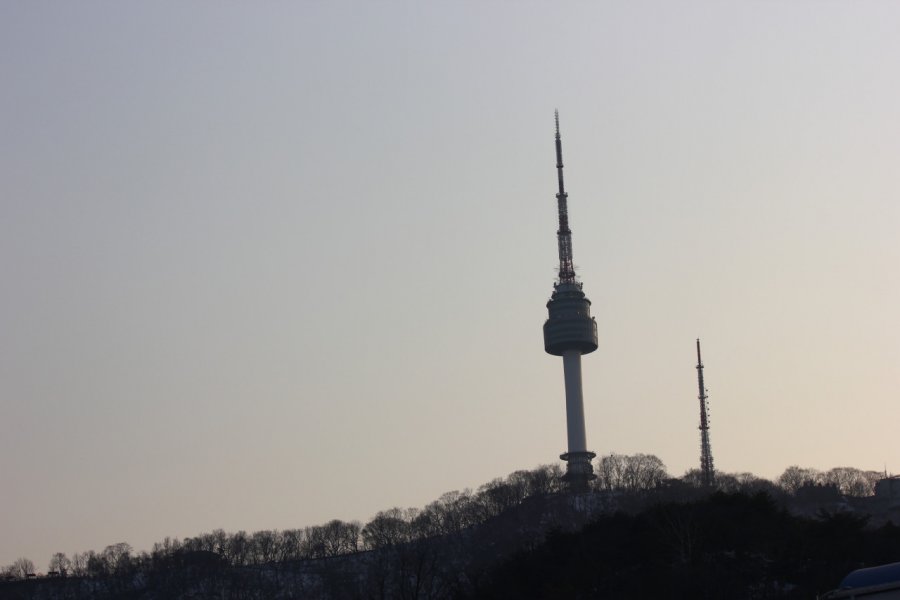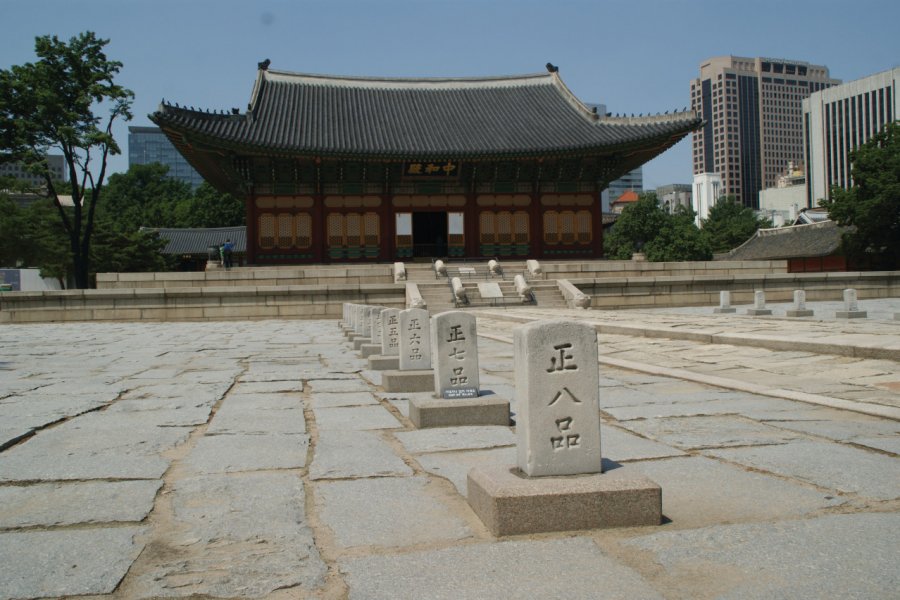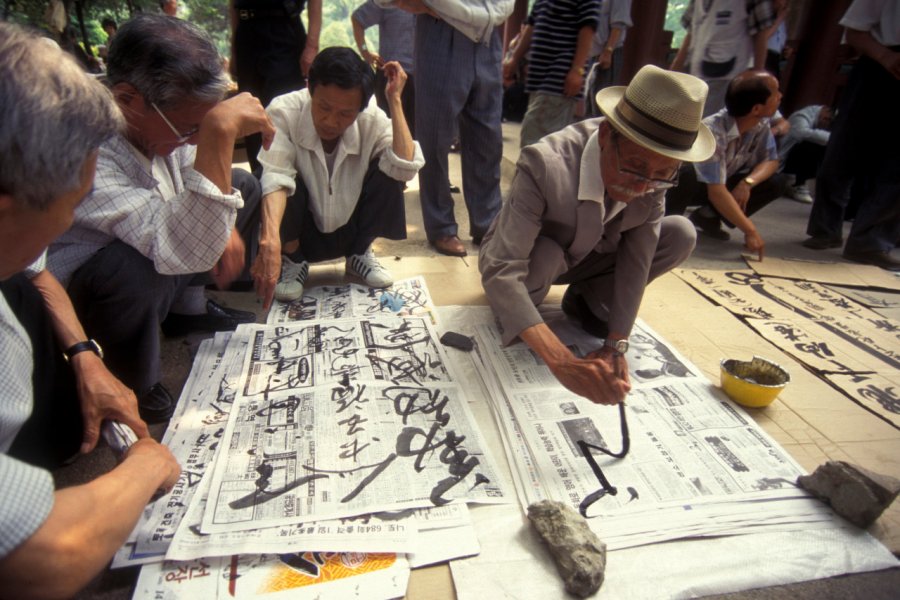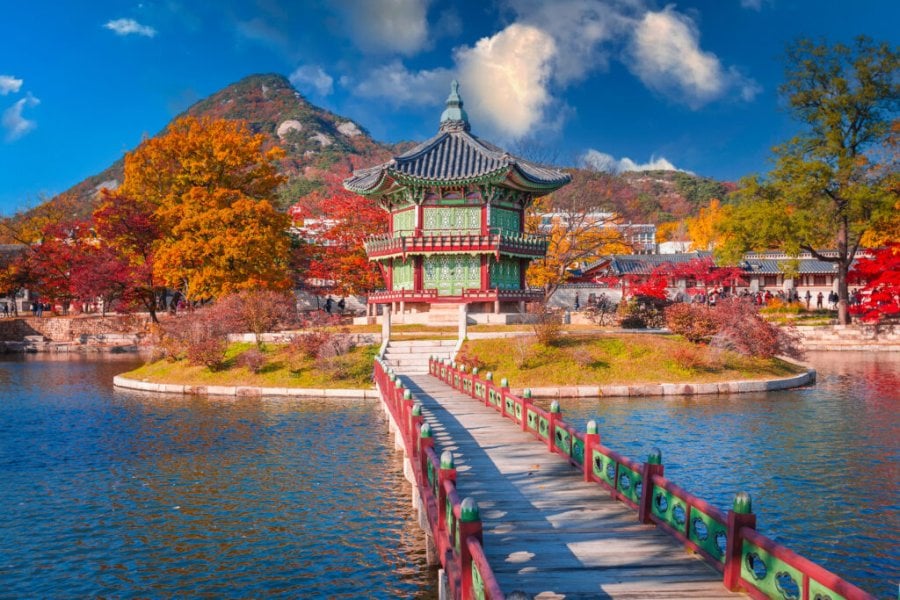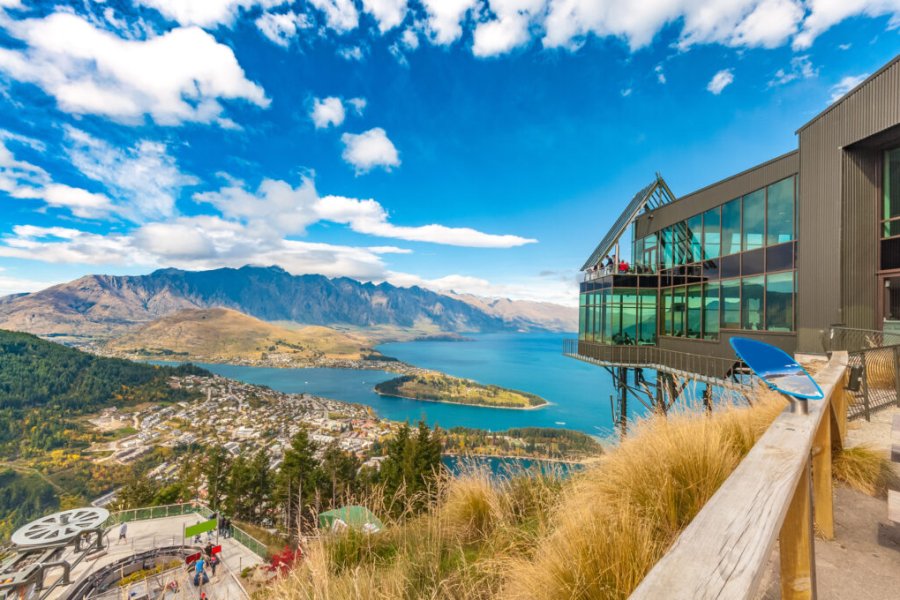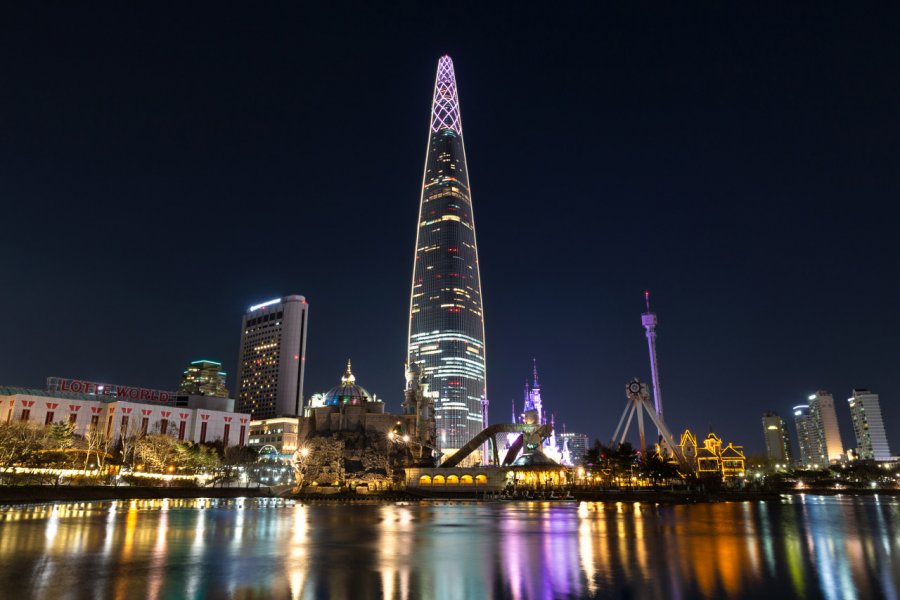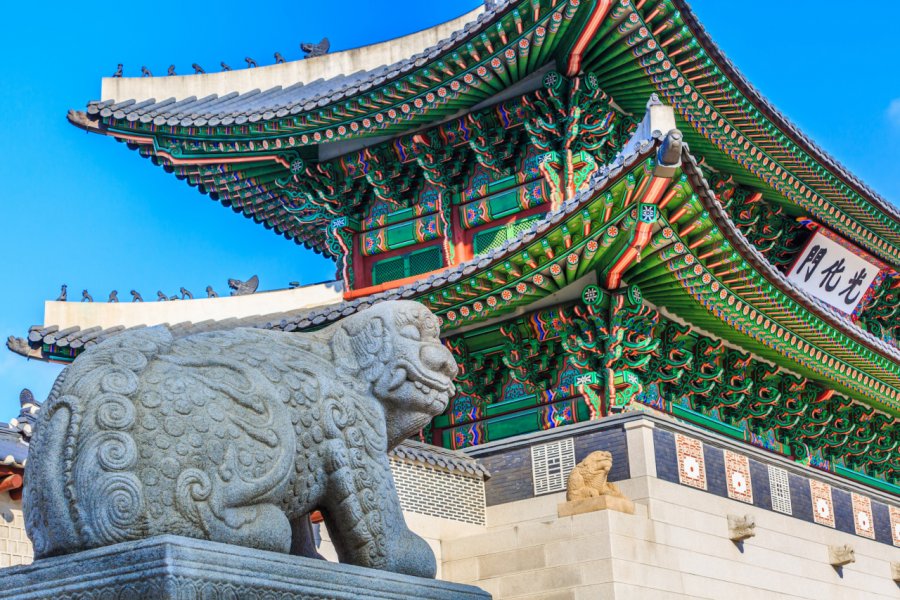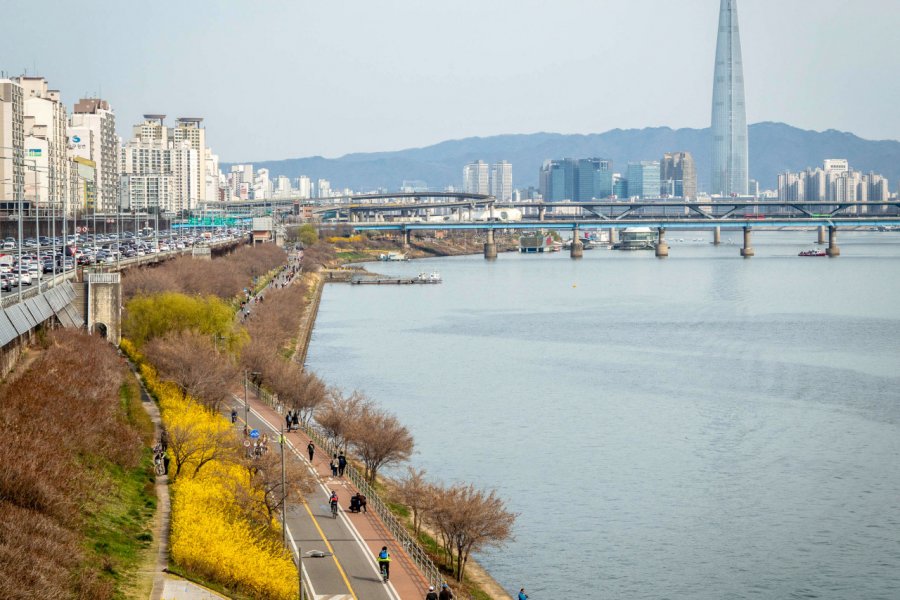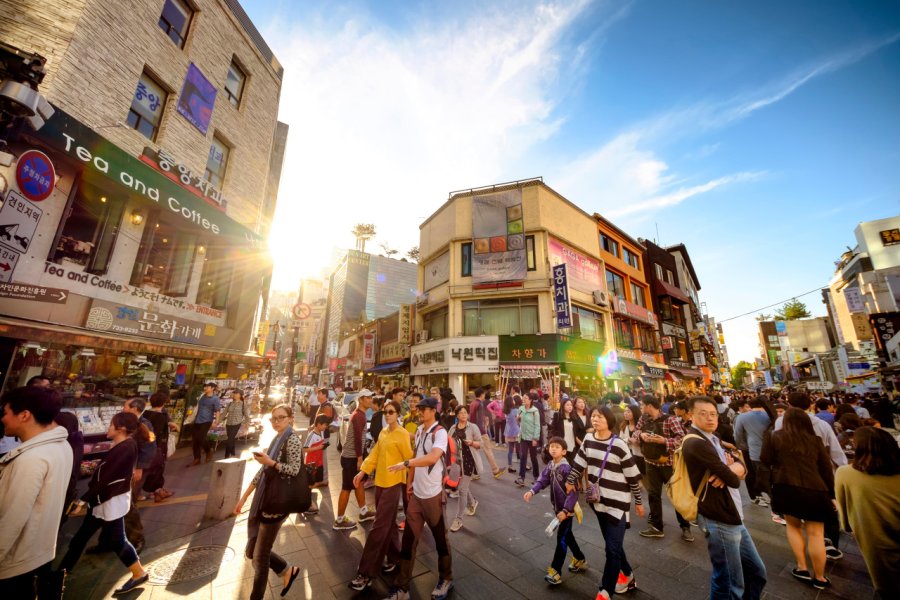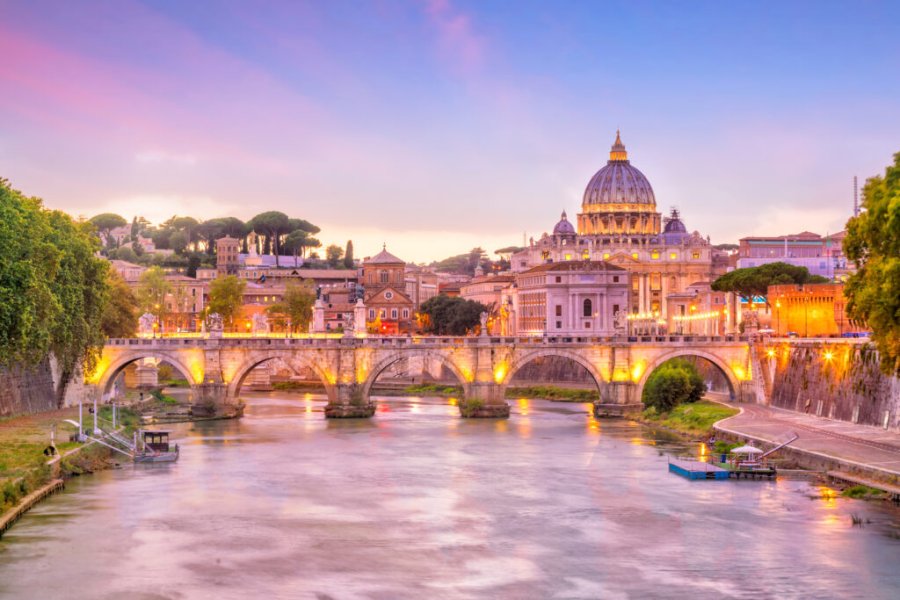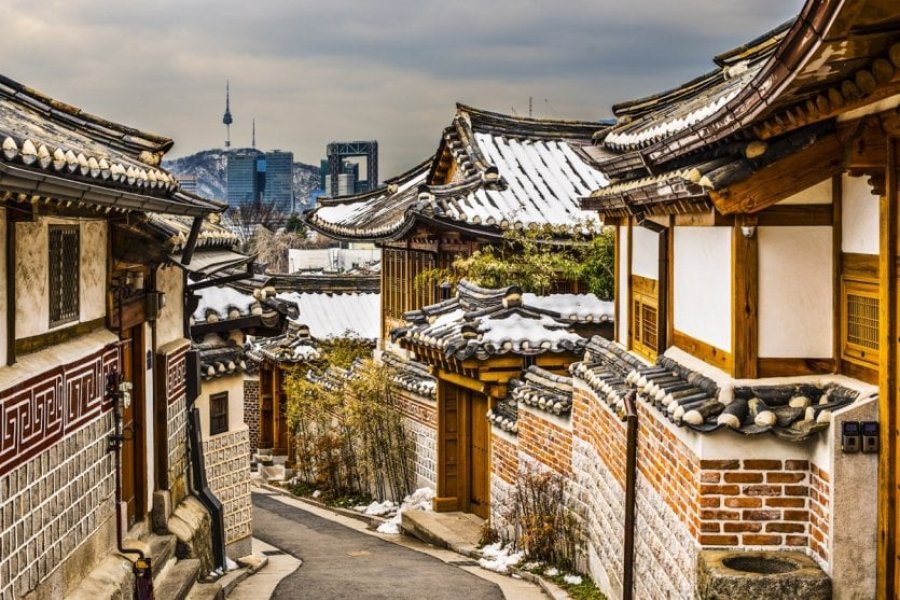Travel Guide Seoul 서울
What to visit Seoul 서울?
Suggested addresses Seoul 서울
When to go to Seoul 서울?
When to go to Seoul? The high tourist season is during the summer (July-August) and it is one of the least pleasant. The weather is hot and very humid, the beaches are crowded and prices double. Spring and autumn are the mildest seasons, the cheapest and by far the least crowded, making it the best time to go to Seoul. We especially recommend the months of September and October to make the most of the area. This is also the time of the national holiday Chuseok, a kind of local All Saints' Day, and, as on the occasion of the other national holiday - Seollal, early February, the Lunar New Year - millions of Koreans take to the roads to pay homage to their ancestors in their homeland. Many stores close. But don't think that there is nothing you can do: on the contrary, this is the time to go to places usually crowded with tourists, because there is nobody there. Just avoid the main roads (highways) and take the train or plane instead of the bus. Be careful, for these dates, Koreans book their transportation several months in advance! An idea could be, for example, to go to Icheon by subway, 1 hour away from Seoul, and from there take a boat to one of the islands. When to go to Seoul? In spring or autumn if possible!
Weather at the moment
Seoul's weather is dependent on the four distinct seasons that punctuate the Korean year. Winters, from late November to early March, can be truly Siberian with a dry cold. Summer is hot and humid, sometimes punctuated by typhoons during the monsoon and its torrential rains. Spring and autumn are short and rather pleasant because the air is fresh and the days are sunny. Seoul's temperatures average 15°C in winter and 34.7°C in summer.
The South Korean currency is the won. Overall, living in Seoul is less expensive than in major Western cities, but it can still be expensive. Accommodation is the most important part of the budget, although the range is wide. Restaurants, on the other hand, are very affordable, and it is possible to taste the best of Korean cuisine for a handful of won. Nightlife can be quite expensive in the trendier areas.
There is no particular health risk in Seoul, nor is there any mandatory vaccination. The hospital infrastructures are of very good quality and drinking water will be provided to you free of charge in the hotels and restaurants of Seoul of South Korea. It may be advisable to drink bottled mineral water.
Practical information
- When to travel?
- Weather forecast
- Budget
- Formalities
- Health
- How to travel by yourself?
- How to get organized?
- Getting around
Media
How to go to Seoul 서울? Our advice & tips
There are specialists in South Korea who have established long-standing partnerships with tourist agencies and structures in Seoul. The offers are consequently quite numerous and the fact of passing by this channel often facilitates greatly the steps in a country where the language can prove to be a barrier for the French speakers. The rates proposed by this type of travel structures are also often quite interesting to visit Seoul.
Discover our selection of travel agencies for this destinationThe average price of a flight between Western Europe and Seoul is 800 € in high season, 600 € in low season. Please note that the price variation depends on the airline used but, above all, on the reservation deadline. As for the accommodation, to obtain interesting prices, it is essential to book well in advance. Remember to buy your tickets six months before departure!
Transportation is very convenient in Seoul. And they are also very safe at any time of the day or night. The metro is the best way to get around is the metro: cheap, fast and with information in English, the network covers the entire metropolis, and even allows you to go to nearby cities, including Incheon and Suwon. Seoul also has an impressive number of buses, which is an excellent complement to the metro, to get to some areas. Taxis number in the thousands and criss-cross the city day and night. The main tourist districts offer distances between each site which, for the most part, can be covered on foot.
